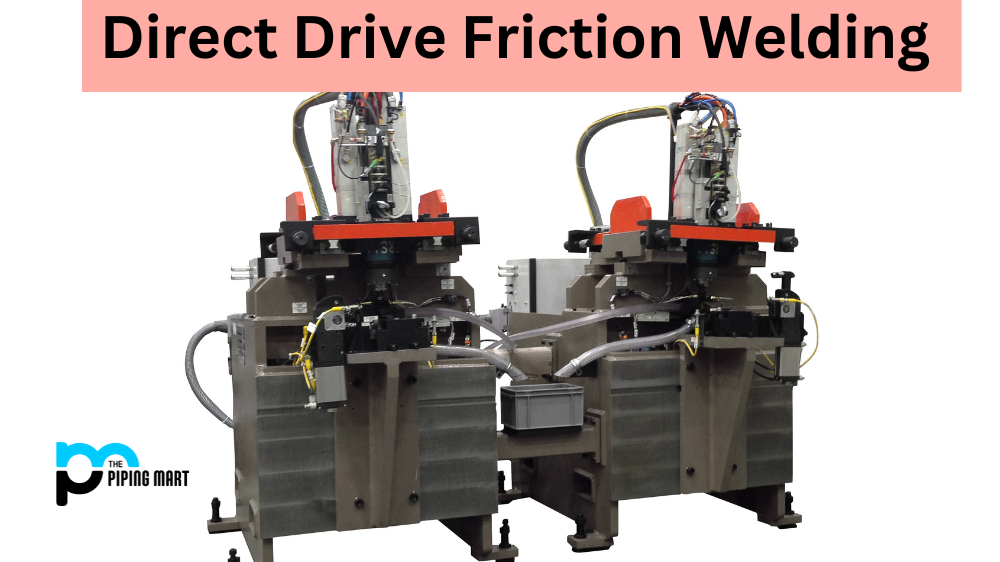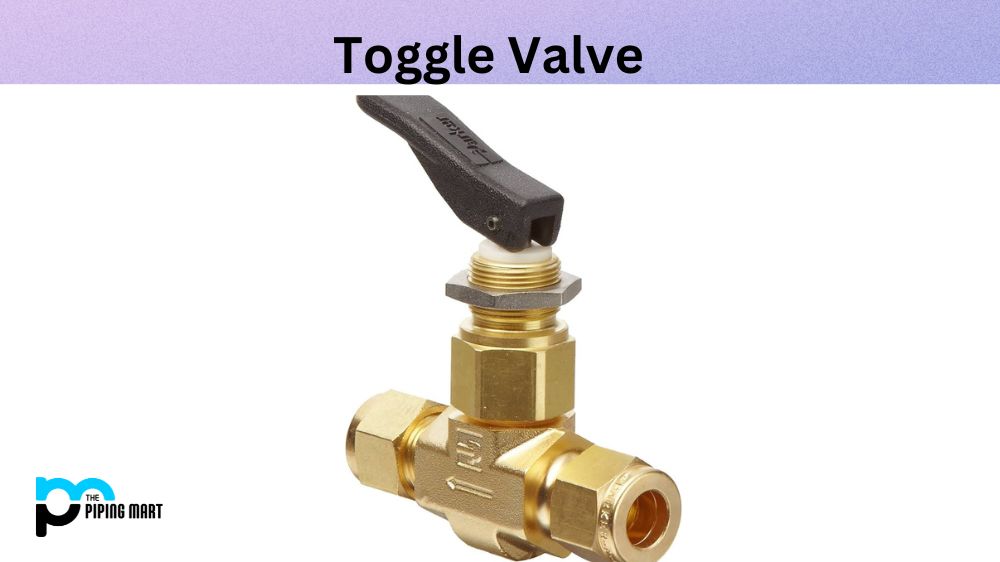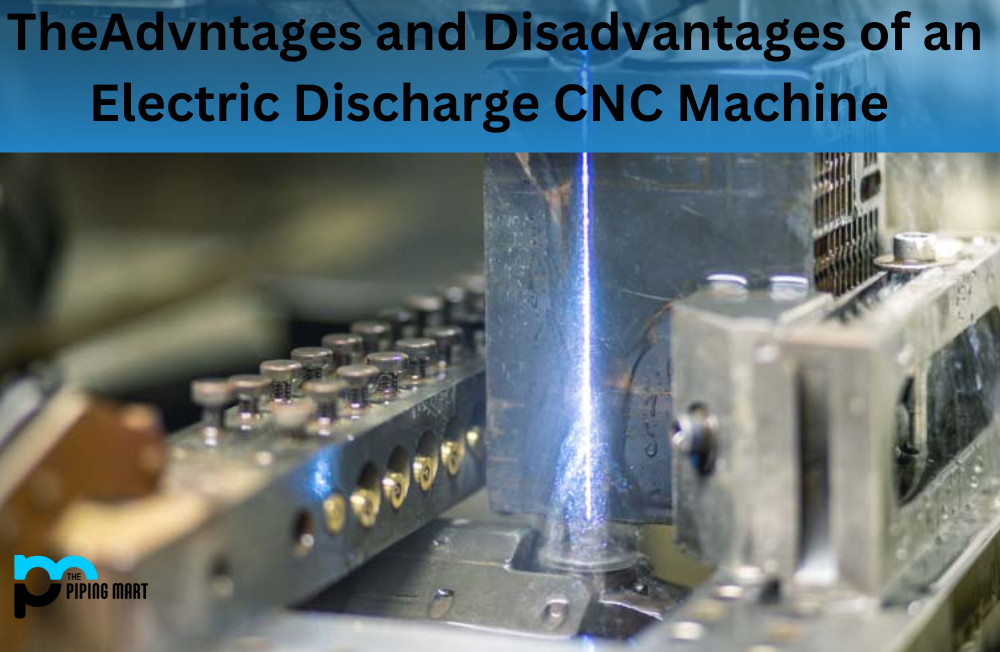Direct drive friction welding (DDFW) is a popular method for joining two pieces of metal together. It’s been used for decades in the automotive, aerospace, and medical industries. But how does it work? And what are some of the pros and cons associated with this type of welding process? Let’s take a look.
How It Works
Direct drive friction welding works by applying a high-speed rotating force to two opposing surfaces. This quickly heats up the metal, which causes it to melt and form a bond between the two pieces. When correctly executed, this process results in an extremely strong joint that has no visible defects or irregularities. Additionally, because the heat generated during this process is localized to the area being welded, there is very little risk of warping any other parts of the metal structure.
Advantages of Direct Drive Friction Welding
One of the major benefits associated with direct drive friction welding is the speed at which it can be done. Depending on your equipment setup, you can complete a weld in as little as one second! This makes it ideal for mass-production applications where speed is essential. Additionally, DDFW requires minimal preparation time before each weld because there are no consumables needed—no gases or fluxes—making it faster and more cost-effective than traditional welding processes.
Increased Productivity
Direct-drive friction welding machines are capable of welding at much higher speeds than traditional friction welding machines. This increased productivity can help to improve profits and competitiveness.
Increased Efficiency
Direct drive friction welding machines are also more efficient than traditional machines, as they do not require the use of a separate motor to generate the rotational force needed for welding. This can help to further improve profits by reducing energy costs.
Reduced Maintenance Costs
Another advantage of direct drive friction welding machines is that they tend to require less maintenance than traditional machines. This is due to the fact that there are fewer moving parts in direct drive machines, which reduces the likelihood of problems developing. Additionally, the lack of a separate motor reduces the number of potential failure points.
Improved Safety
Direct-drive friction welding machines also offer improved safety features over traditional machines. For example, direct drive machines typically have guards that enclose the rotating parts of the machine, which helps to protect workers from being injured by moving parts. Additionally, direct drive machines often have emergency stop buttons that can be used to quickly shut off the machine in case of an emergency.
Disadvantages of Direct Drive Friction Welding
Of course, there are also downsides to using DDFW that must be taken into consideration. For starters, direct drive friction welding can only be used on ferrous metals; nonferrous metals such as aluminum cannot be joined using this method. Additionally, because heat is localized to the area being welded, it can cause distortions if not properly monitored or controlled during the process. Finally, due to its high-speed nature, some operators may struggle to get consistent results with DDFW if they don’t have ample experience working with this type of technology.
Limited to Smaller Workpieces
One of the primary disadvantages of direct drive friction welding is that it is limited to smaller workpieces. This is due to the fact that the tool must be able to fit inside the workpiece in order for the welding process to occur. Additionally, direct drive friction welding is not well-suited for joining dissimilar materials, as the high temperatures generated by the process can cause the materials to expand at different rates, resulting in a poor weld.
Requires Precise Alignment
Another disadvantage of direct drive friction welding is that it requires precise alignment between the two pieces being joined. If the pieces are not properly aligned, it can result in an incomplete weld or a weld that is weaker than desired. This can be a challenge when joining larger workpieces, as it can be difficult to ensure that everything is properly aligned.
Can Cause Distortion
Another potential downside of direct drive friction welding is that it can cause distortion in the workpiece. This is due to the fact that the high temperatures generated by the process can cause the materials to expand at different rates, which can lead to warping or other types of distortion. This can be a particular issue when joining dissimilar materials, as they are more likely to expand at different rates.
Not Suitable for All Materials
Direct drive friction welding may not be suitable for all materials. In general, it works best with metals that have a high melting point and low thermal conductivity, such as stainless steel or titanium. Additionally, direct drive friction welding is not well-suited for joining dissimilar materials, as the high temperatures generated by the process can cause the materials to expand at different rates, resulting in a poor weld.
Requires Specialized Equipment
Another potential disadvantage of direct drive friction welding is that it requires specialized equipment. This equipment can be expensive, which may make direct drive friction welding cost-prohibitive for some applications. Additionally, this equipment can be large and bulky, which may make it difficult to use in some situations.
Conclusion:
Despite its drawbacks, direct drive friction welding remains one of the most popular methods for joining two pieces of metal together due to its speed and ease of use compared to other types of welding processes available today. With proper training and experience operating this machinery safely and effectively, you can enjoy all the advantages that come along with using DDFW without having to worry about any potential risks associated with it! If you’re looking for an efficient way to produce high-quality welds at an affordable price point, then DDFW may just be what you need!

Abhishek is a seasoned blogger and industry expert, sharing his insights and knowledge on various topics. With his research, Abhishek offers valuable insights and tips for professionals and enthusiasts. Follow him for expert advice on the latest trends and developments in the metal industry.




